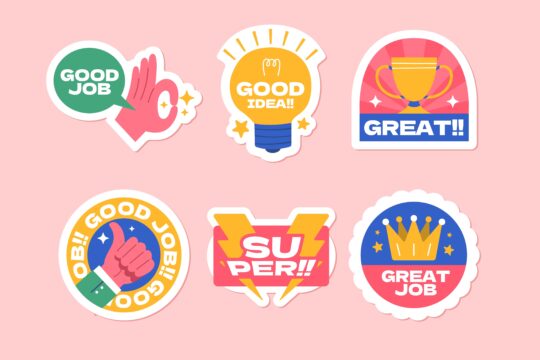Amid planning for the new school year, you are likely trying to figure out how to fill your supply gap with coins from your own piggy bank. When it comes to back-to-school shopping, teachers nationwide often foot the bill for classroom school supplies in some capacity. Shopping for supplies to furnish an entire classroom can be expensive, thus it is crucial for teachers to find ways to save. Below are some ways that you can be cost effective by saving money on back-to-school supplies.
Take Advantage of Free School Supplies
When it’s back-to-school time, businesses and non-profit organizations often hold events where teachers can receive free school supplies. Do some research to find out when and where free supplies are available for educators in your area and take advantage of these events. There are also fundraising websites like Donors Choose where you can raise money for supplies and technology. Teachers all over the country have received donations from businesses and individuals who want to support education through these websites.
Reuse Supplies
This may sound simple, but it is impactful. Use supplies until they’re gone, not until the year is done. Secure the caps on those precious glue sticks at the end of the year and use them up in the fall. When students leave unclaimed supplies behind in May or June, add them to your class supply stockpile in August or September. Finally, when little Johnny moves to a new school after just four entries in his interactive notebook, rip those few pages out and reuse the notebook.
Buy in Bulk
Retailers like Sam’s Club and Costco thrive off one simple truth – buying in bulk saves money. This is true for school supplies as well. There are some supplies that you anticipate needing plenty of, so shop smart by purchasing these supplies in bulk. Instead of buying 20 packs of crayons, purchase a Crayola Classpack. We all know that glue sticks go fast, so purchase them in larger quantities. Buying in bulk may mean more money on the front end, but it saves you money in the long run.
Shop at Thrift Stores
When shopping for pencils and crayons, the thrift store is likely not your default place to shop. The reality is that thrift stores receive all kinds of things, and school supplies are no exception. Check thrift stores for supplies like binders and pencil sharpeners, and especially for classroom furniture and organizers.
Solicit Donations from Businesses
Businesses that use office supplies sometimes have new and gently used supplies to spare. Many have been known to throw out perfectly good binders, file folders, etc., because they have served their purpose within the company (I know, the horror!). Write a brief letter to a local business or other business that you have a connection to and request a donation of any unwanted supplies.
Make Trash Your Treasure
Teachers have a knack for finding the usefulness in things, even when they seem disposable. Things that people may throw away, like glass jars, cans, egg cartons, and wire hangers, just to name a few, can be repurposed in your classroom. Embrace your inner teacher nerd and collect these items from your family and friends when possible.
Pursue the Freebies First
Hold off on going to the stores until you have exhausted your list of free and donated supply options. I know the sales are tempting, but free is the most cost-effective option. This might mean waiting until the first week of school to see what the families in your classroom provide. If you can fight the retail temptation long enough, you’ll spend less money in the end.
Buy After Back-to-School Season
Once school is in session and parents have purchased their supplies, most stores offer huge discounts in an effort to purge excess school supplies. Shopping shortly after back-to-school season will save you quite a bit of money. Indubitably and understandably, you want to start the year with all the supplies you need. This option allows you to plan ahead for supplies you need more of throughout the year and next year.
As teachers, we are an anomaly: professionals who fund their profession. When a teacher inevitably pays out-of-pocket for supplies, it is important to spend money wisely and effectively. The key is to shop smart and use your resources.




